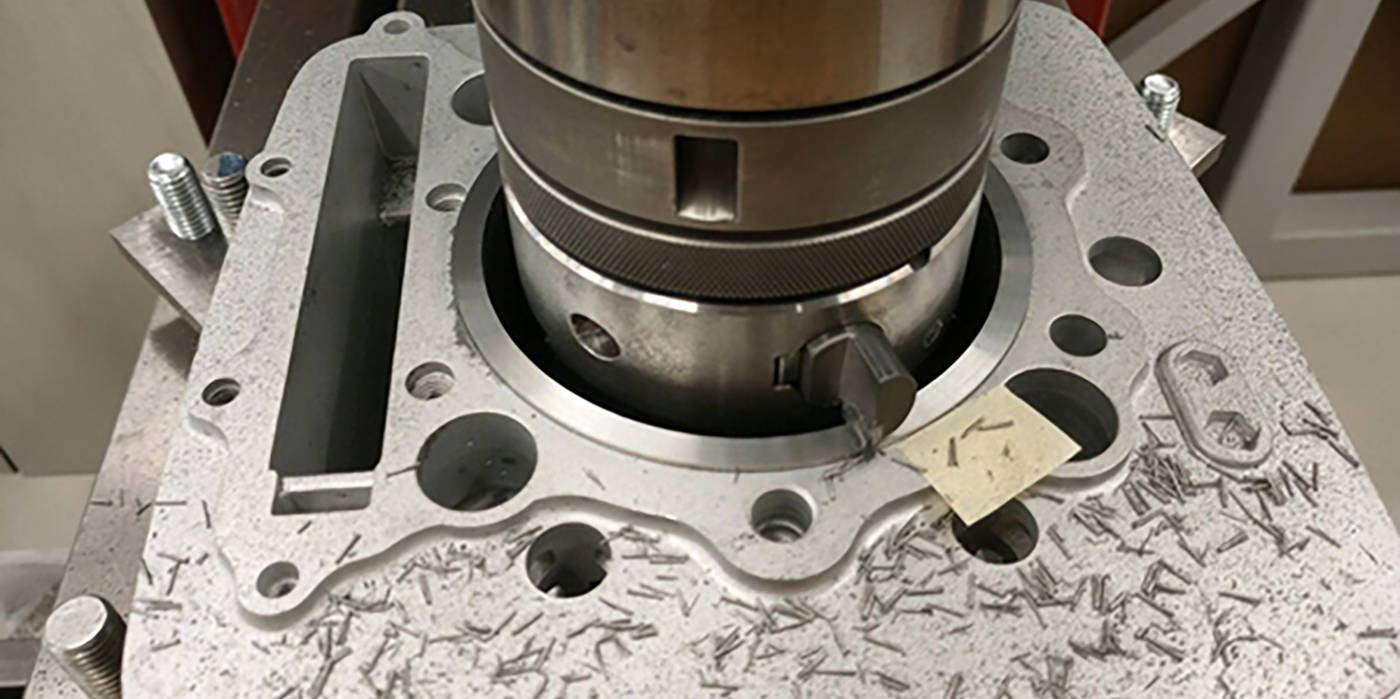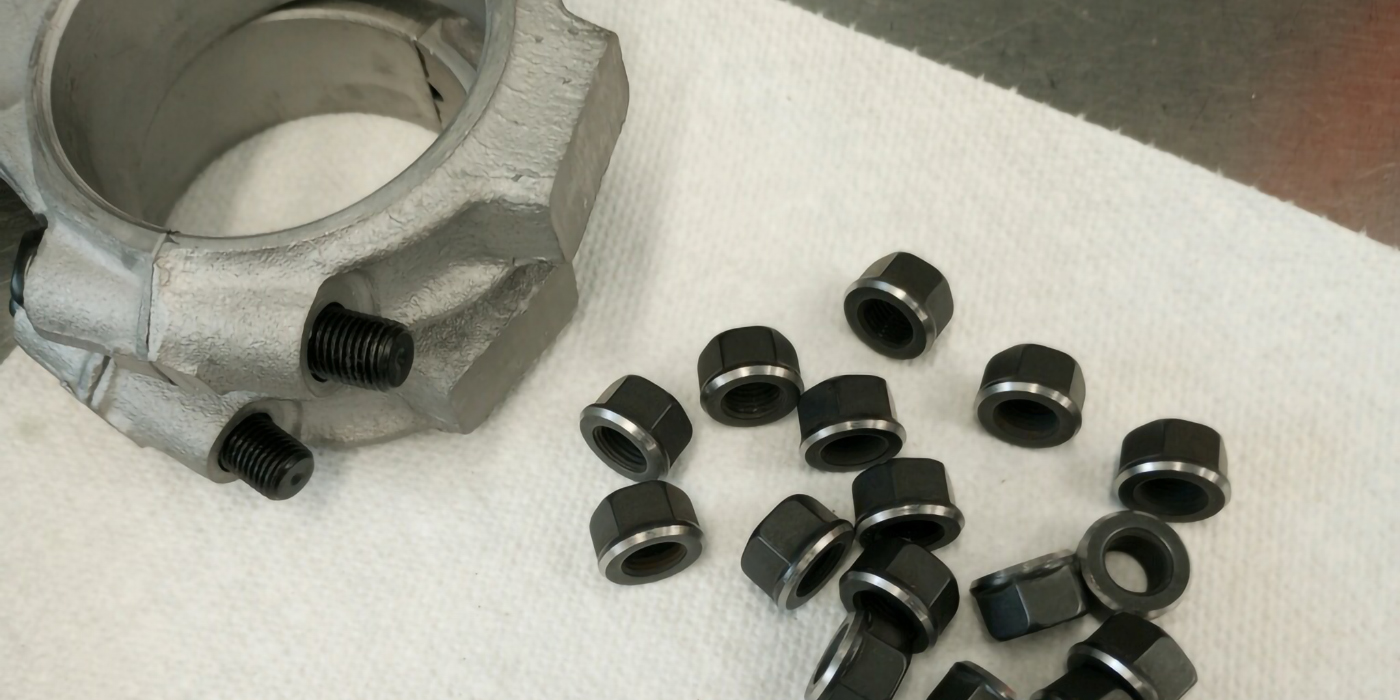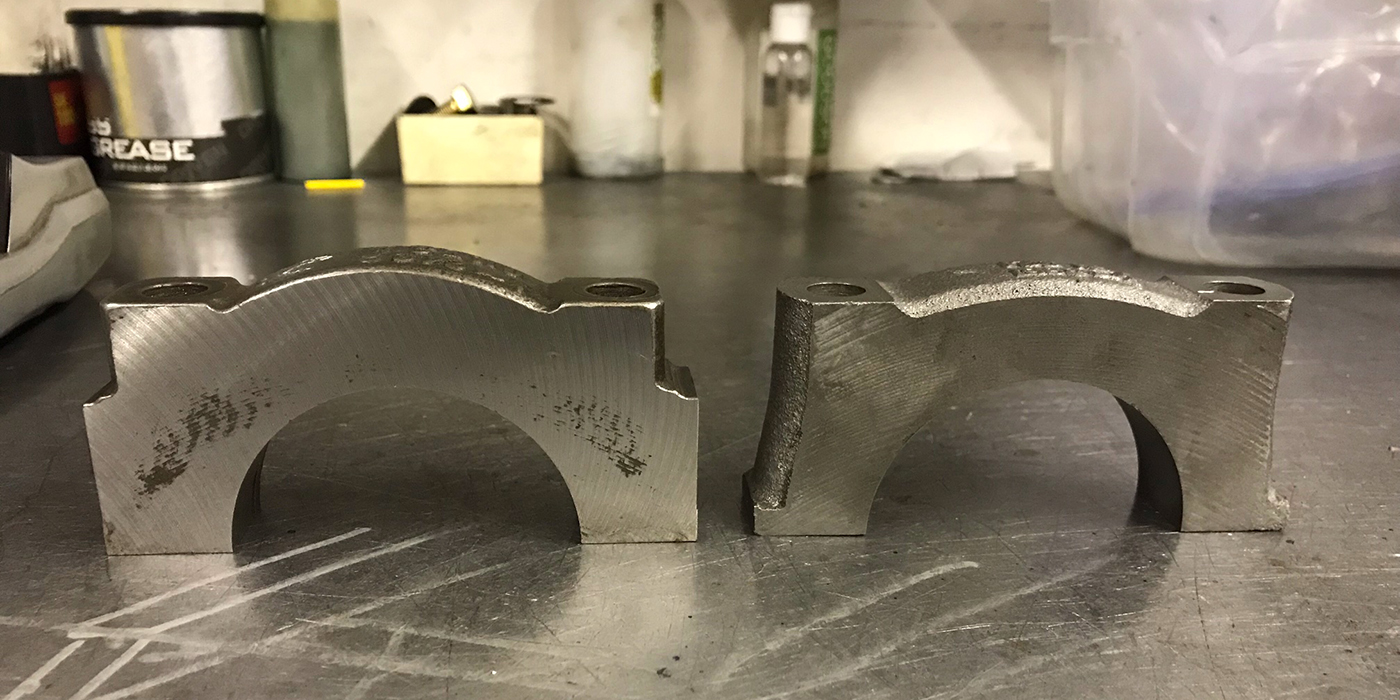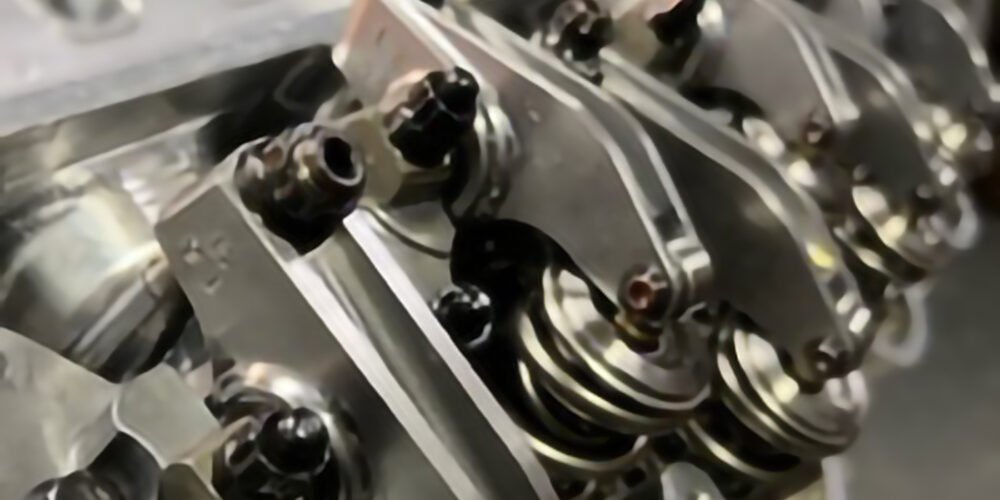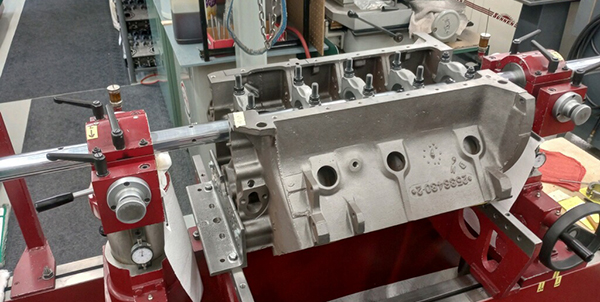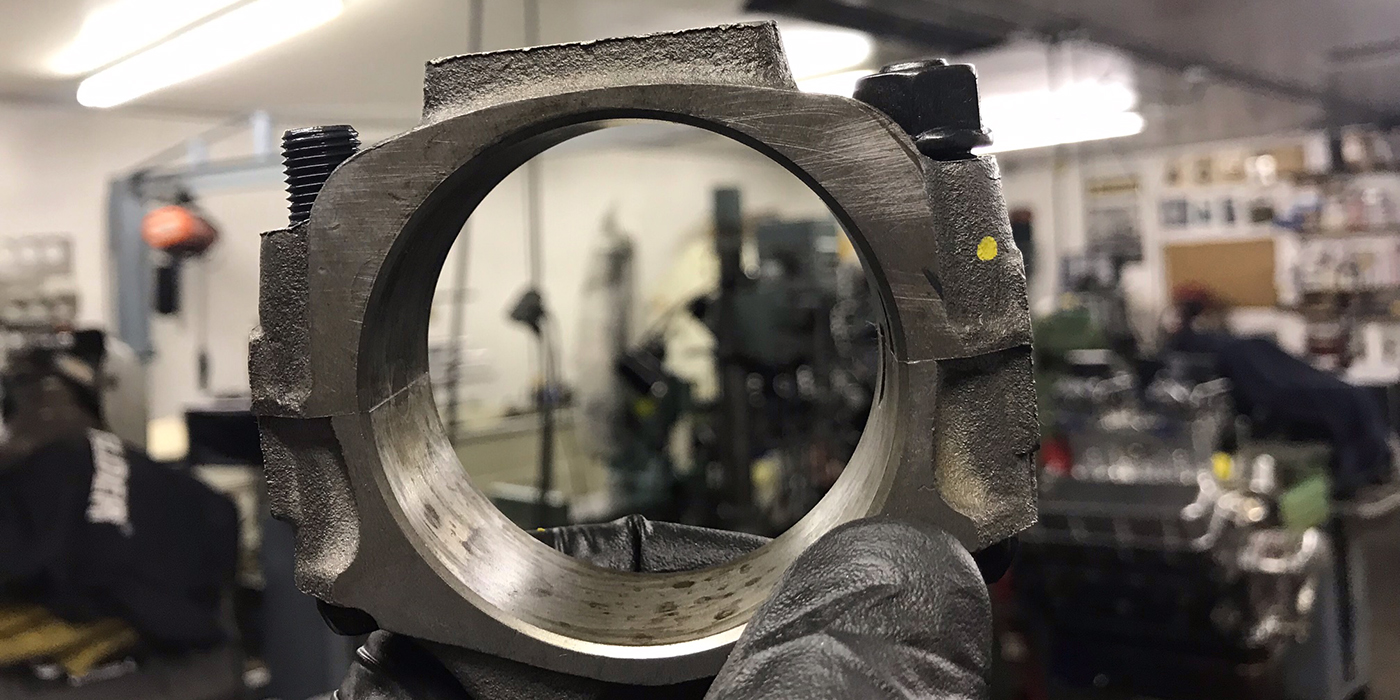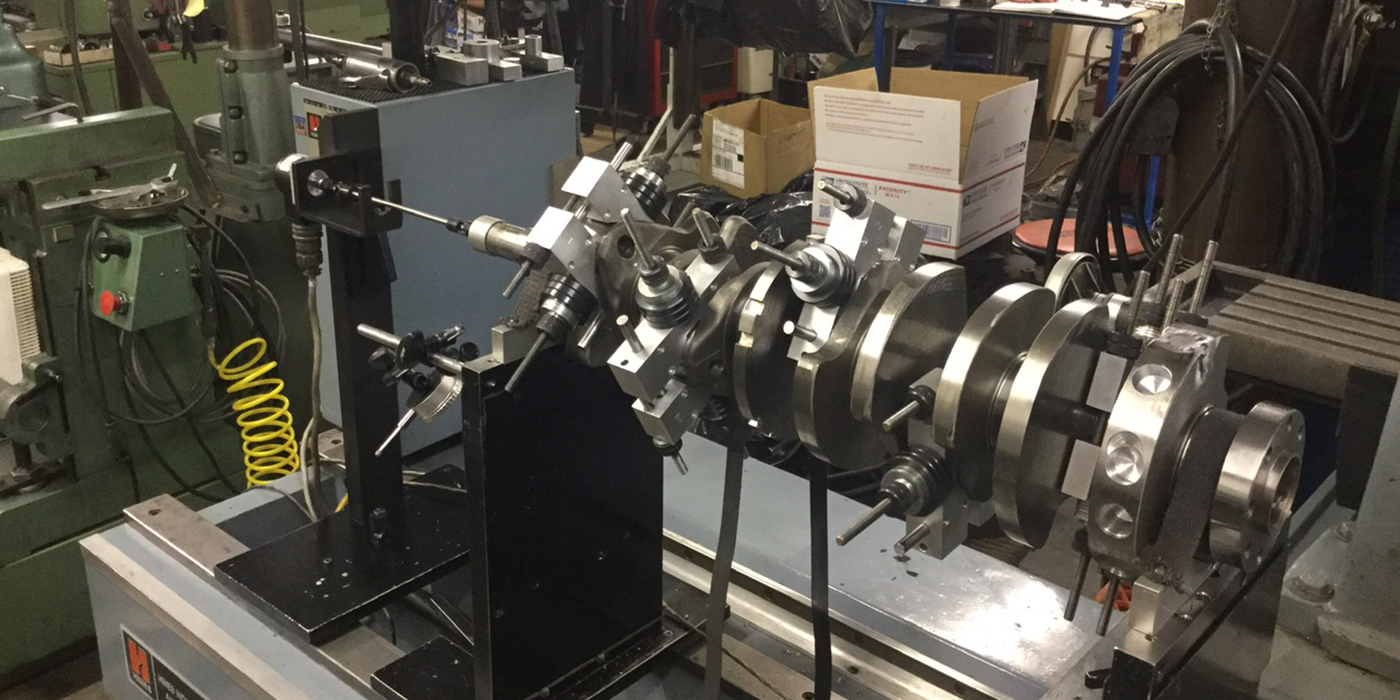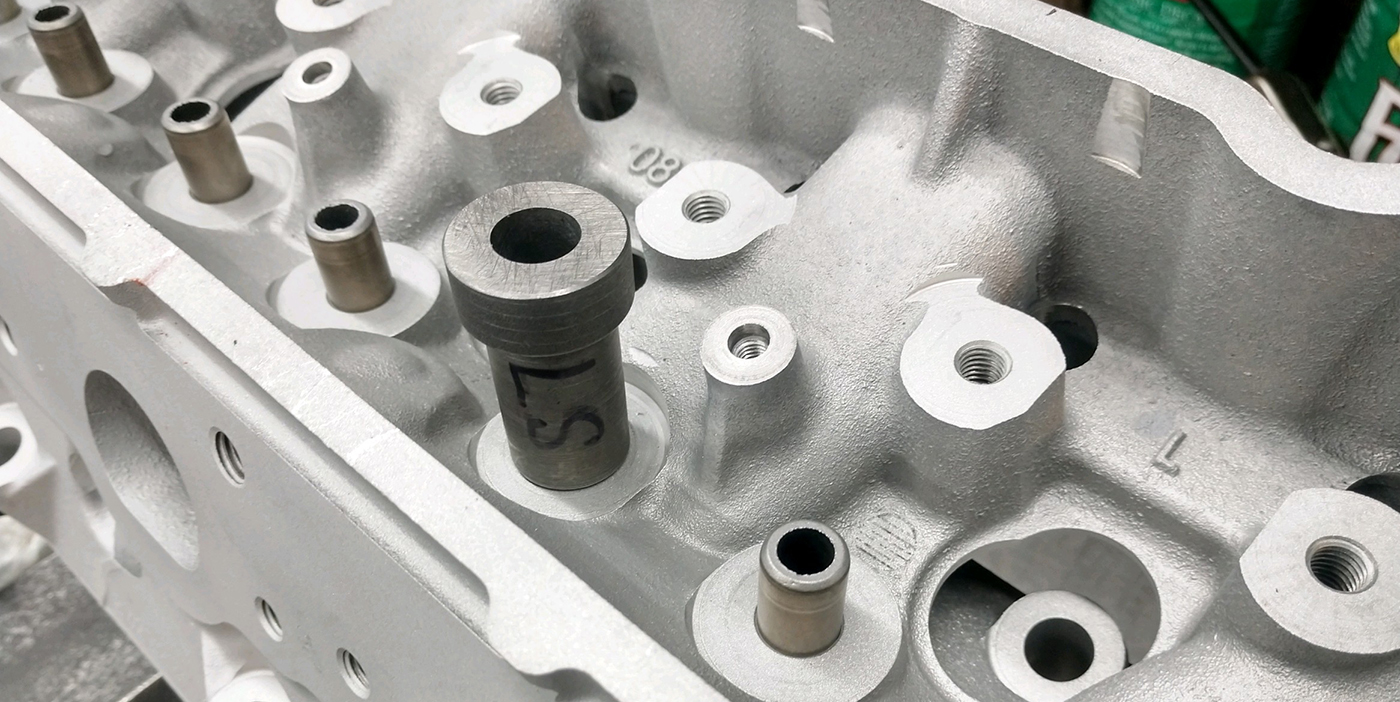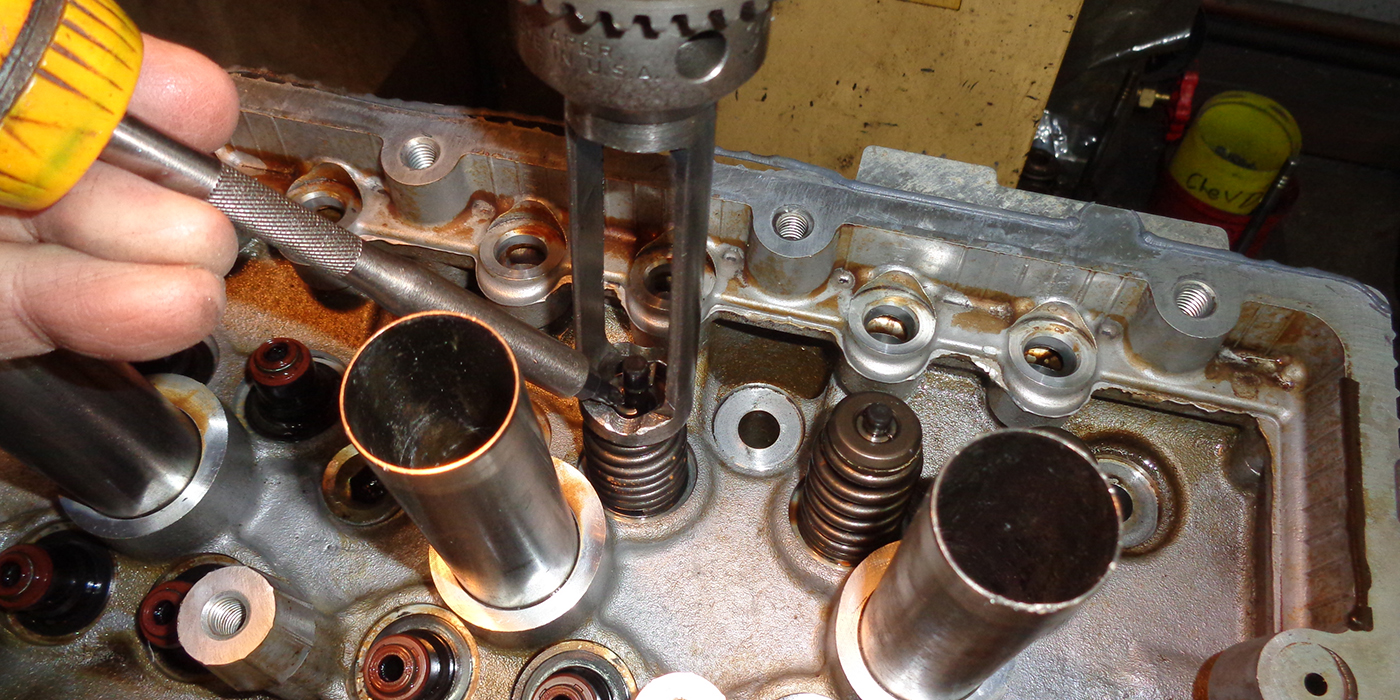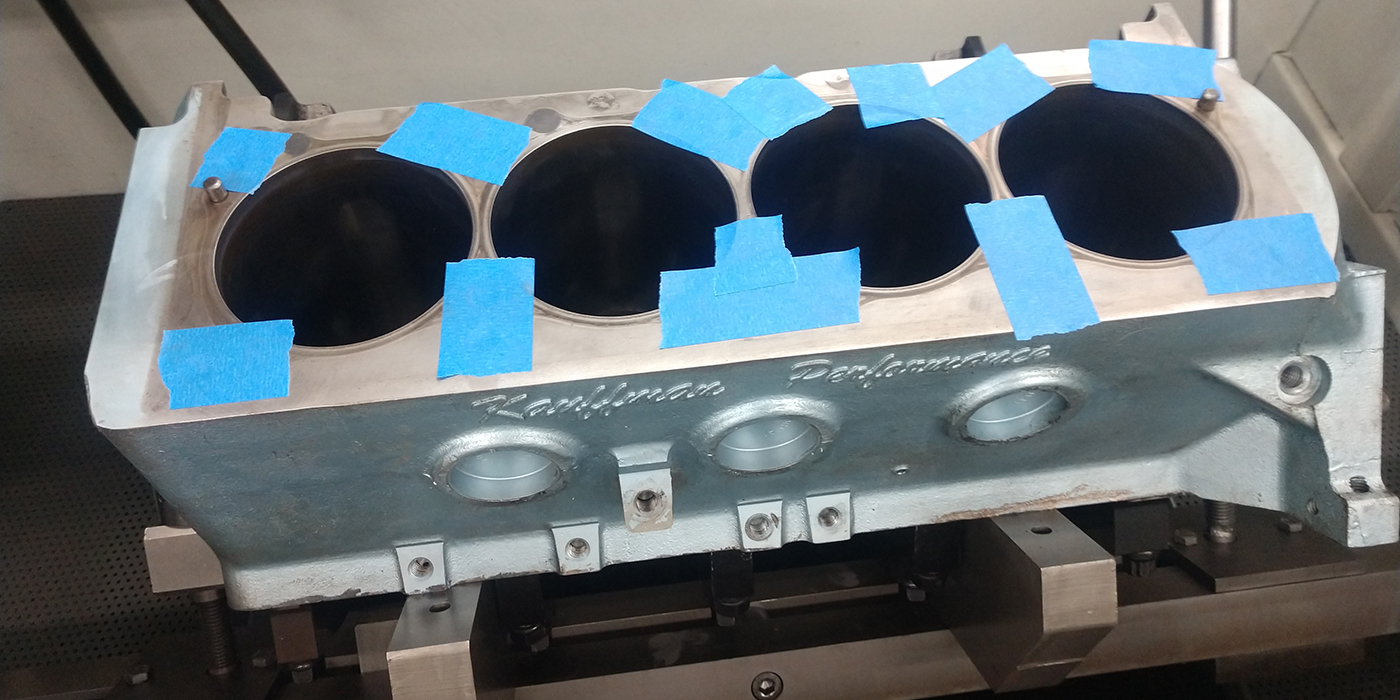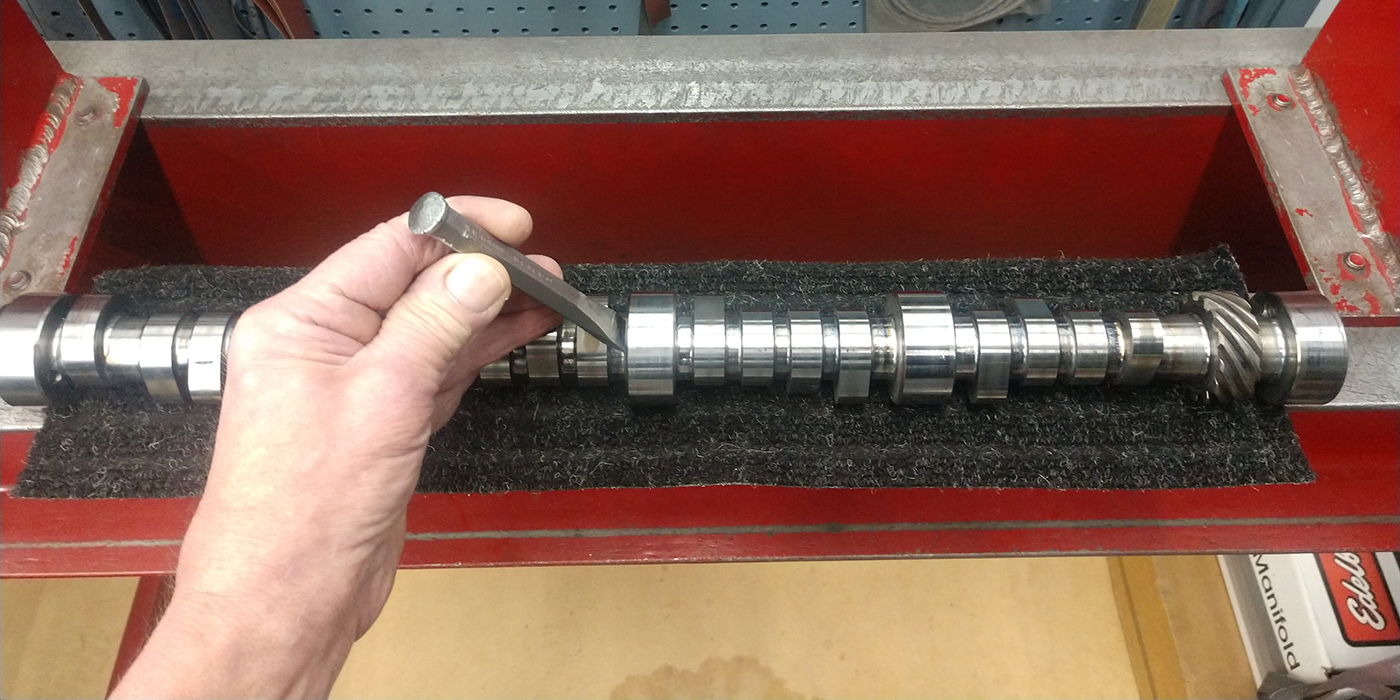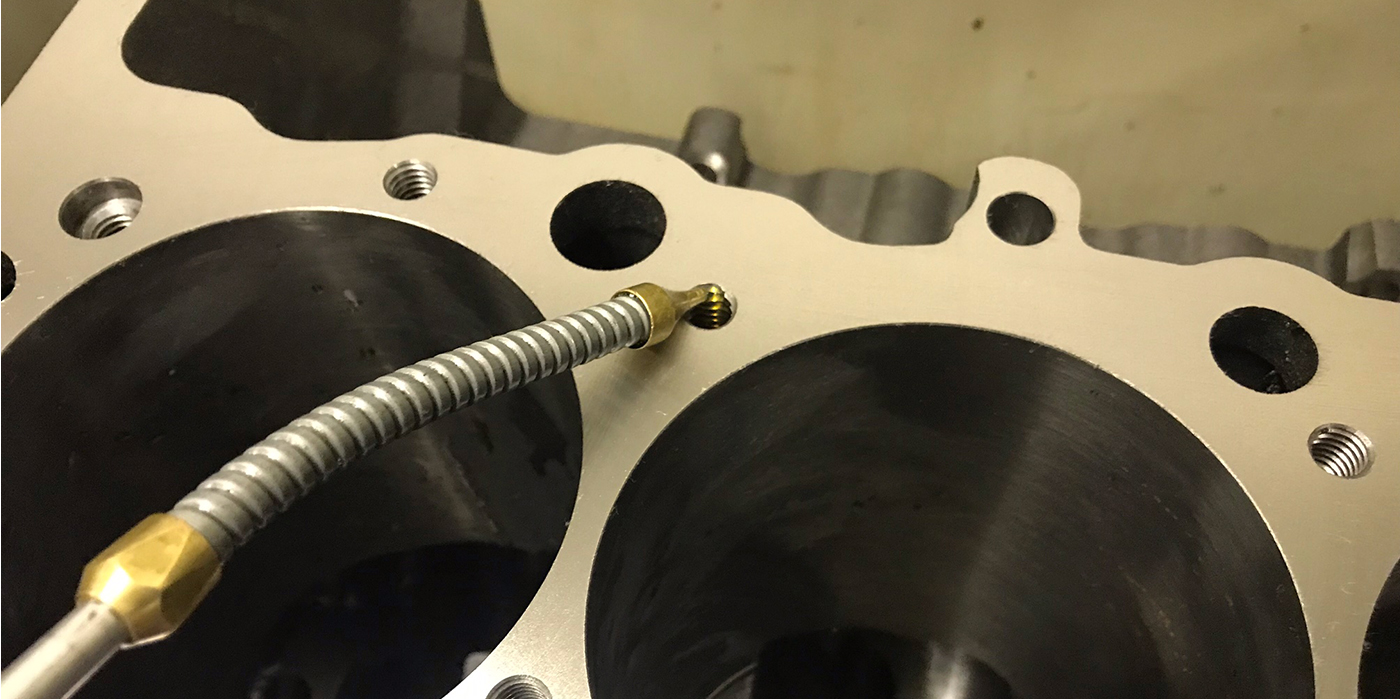Cold Air Tool Cooling For Machining
We have been using cold air cooling in our shop for cast iron machining for several years. It does several things: it keeps the tool cool without the use of wet coolant, it blows away the dry chips, and it eliminates having the mess of coolant everywhere. Also, we no longer have to pay to have drums of coolant removed.
Cold Air Guns use a small amount of filtered compressed air and vortex tube technology to produce sub-freezing air for numerous cooling applications. Without any moving parts to wear out, the internal vortex tube converts shop compressed air into a cold air stream, producing temperatures down to as low as -30 degrees F.
Visit the Cold Air Guns website (www.airtx.com/cold_air_guns) to see applications and details. There are many makes and types of cold air guns available. A basic setup can be purchased for less than $150.
Jim Kovach
Kovach & Associates
Performance Engine Building
Parma, OH
Don’t Bring Your Eggs and Bacon To Denny’s
Would you consider taking bacon and eggs to Denny’s and asking them to fix you breakfast for the cost of labor? I suspect that most of us would be embarrassed to ask. Can you think of any business that allows customers to provide their own parts? Can you imagine walking into the local Ford dealer with shocks tucked under your arm?
Why do machine shops allow customers to provide their own parts?
The usual answer is because “the shop down the street allows it.” Or, “there’s no profit in parts.” I’ve even heard some owners say that it allows them to deny future warranty claims. (Don’t bet your last dollar on that.) Or maybe in these tough economic times, nobody wants to let a paying customer walk out the door, even if he has a bundle of eBay-bought parts under his arm.
A shop owner in Iowa has a simple solution – STOP! He says if shops would stop installing carry-in parts, there wouldn’t be one single undersize bearing or oversize piston sold on the Web. He’s right, it takes machines and knowledge to install most parts.
This shop owner did three things to combat the problem:
1) He got to know some other shops near him. It turned out that one shop had a balancer and the other had a crankshaft welder. Now they all share ideas and workload.
2) He started pricing labor jobs as a package. If a customer wants to know the price of boring, he quotes the labor including the gaskets, pistons, rings and other parts as a package.
3) He put up a sign that says, “You don’t bring your eggs to Denny’s – so please don’t bring your parts here.”
He says the sign generates conversation with every customer and his new pricing policy hasn’t hurt sales. In fact, he says his profits are up!
You don’t take your eggs to Denny’s. Please don’t end up with egg on your face by installing your customers’ parts.
Steve Rich
Sterling Bearing, Inc.
Kansas City, MO
Cheap Dry Sump Thread Protection
If your shop does only a minimal amount of dry sump motors, instead of buying expensive #12 AN caps to protect threads on pans, tanks and pumps, use the screw tops off spray parts wash cleaner cans. These screw tops work perfectly for thread protection. Just screw them on. And they cost nothing!
Norm Johns
Norm’s Auto Machine
Petaluma, CA
Formula For How To Determine Valve Lift
From previously working at a race camshaft shop and selling high performance cams, I’ve picked up this easy “cam math” formula for valve lift. If you are changing your rocker ratio and want to know what the new valve lift will be, follow this simple formula.
Take the valve lift of the camshaft and divide it by the stock rocker ratio. The resulting number is the “lobe lift” or “cam lift.” Multiply it by the new rocker ratio. This number is your new valve lift.
Here is an example:
• Current valve lift: .500?
• Current rocker ratio: 1.5
• Divide .500? by 1.5 = .333? (lobe lift or cam lift)
• Multiply .333? by 1.6 = .533? is your new valve lift.
You will gain .033? in valve lift by going from a 1.5 to a 1.6 ratio rocker arm.
Rob Wood
Engine & Performance Warehouse
Anaheim, CA
Keeping Grit Out Of The Honing Machine Filter
When honing engine blocks we generate sludge and grit during the honing process. For about $10 you can buy a 2 ft. by 3 ft. oil drip pan at most auto parts stores.
Place the drip pan under the block holding fixture of your honing machine so that when you’re honing blocks, most of the sludge and grit settles onto the drip pan instead of entering the honing reservoir and honing oil filter.
You can remove the drip pan to clean out the sludge and grit as needed.
Dave Matton
D & D Auto Machine
Bloomington, MN
Centering Over The Crankshaft Oil Pumps
Here at Melling, we have many people call us to ask if there is a procedure for centering an over-the-crankshaft pump on the crankshaft.
What you can do on most pumps that aren’t doweled is install the pump with the mounting bolts finger tight. Next, rotate the crankshaft to locate the pump and then torque the bolts to the proper specifications of the application.
On GM LS engines, you can install the pump bolted down finger tight and then remove the cover. Then, place .002? feeler gauges between the outer rotor and the pump housing. Then torque down the mounting bolts, remove the feeler gauges and reinstall the cover.
George Richmond
Technical Services Manager
Melling Tool Co.
Jackson, MI
Engine Builder Shop Solutions is sponsored by Engine Pro,
a group of 9 engine parts specialist WDs in the U.S., and one in Australia, operating 35 branch
locations serving engine builders/rebuilders across the U.S and Australia. Shop
Solutions published in each issue of Engine Builder Magazine are a free one year membership to the Engine Rebuilders Council and a prepaid $100 Visa gift card. Winners will be chosen by
the staff of Engine Builder Magazine and the Engine Pro Technical
Committee.
To submit a Shop Solution simply mail your entry
to Engine Builder Magazine, Shop Solutions, 3550 Embassy Parkway,
Akron, OH 44333; or email to Shop [email protected]. Shop
Solutions may also be emailed to [email protected].
You must include
your name, shop name, shop address and shop telephone number. Submitted
Shop Solutions not published will be kept on file and reevaluated for
publication with each month’s new entries. If you include your email
address you will be emailed notification of publication if your Shop
Solution is chosen.



